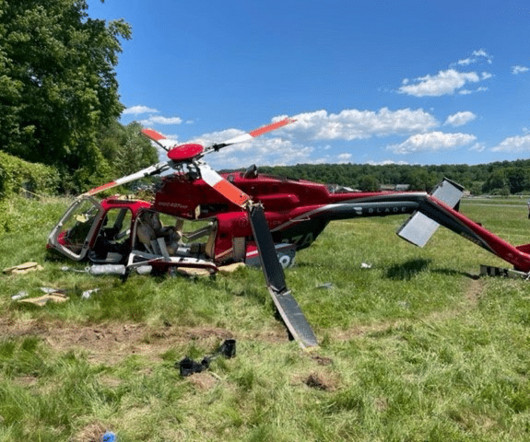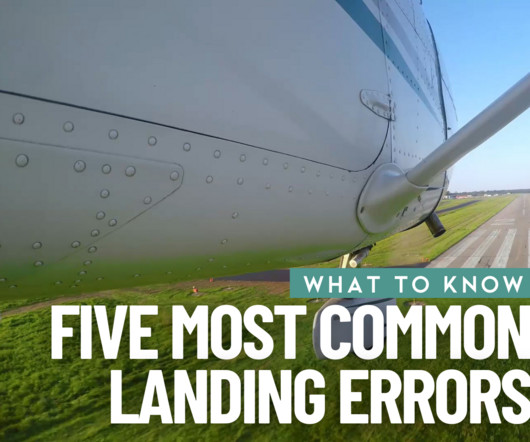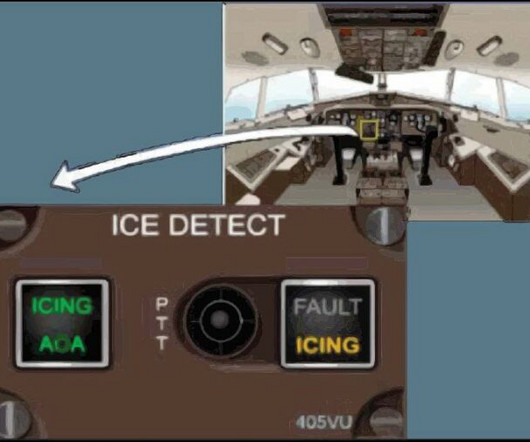We Fly: Epic E1000 AX
Flying Magazine
JULY 22, 2025
The deicing boots seem to mate so smoothly with the wings and tail that the only way to tell where that happens is that they are different colors. Pulling the prop back to 1,500 rpm (from its normal 1,700 rpm) reduces the noise level but does not change speed or fuel burn as the autothrottle adjusts torque. gph fuel burn.















Let's personalize your content